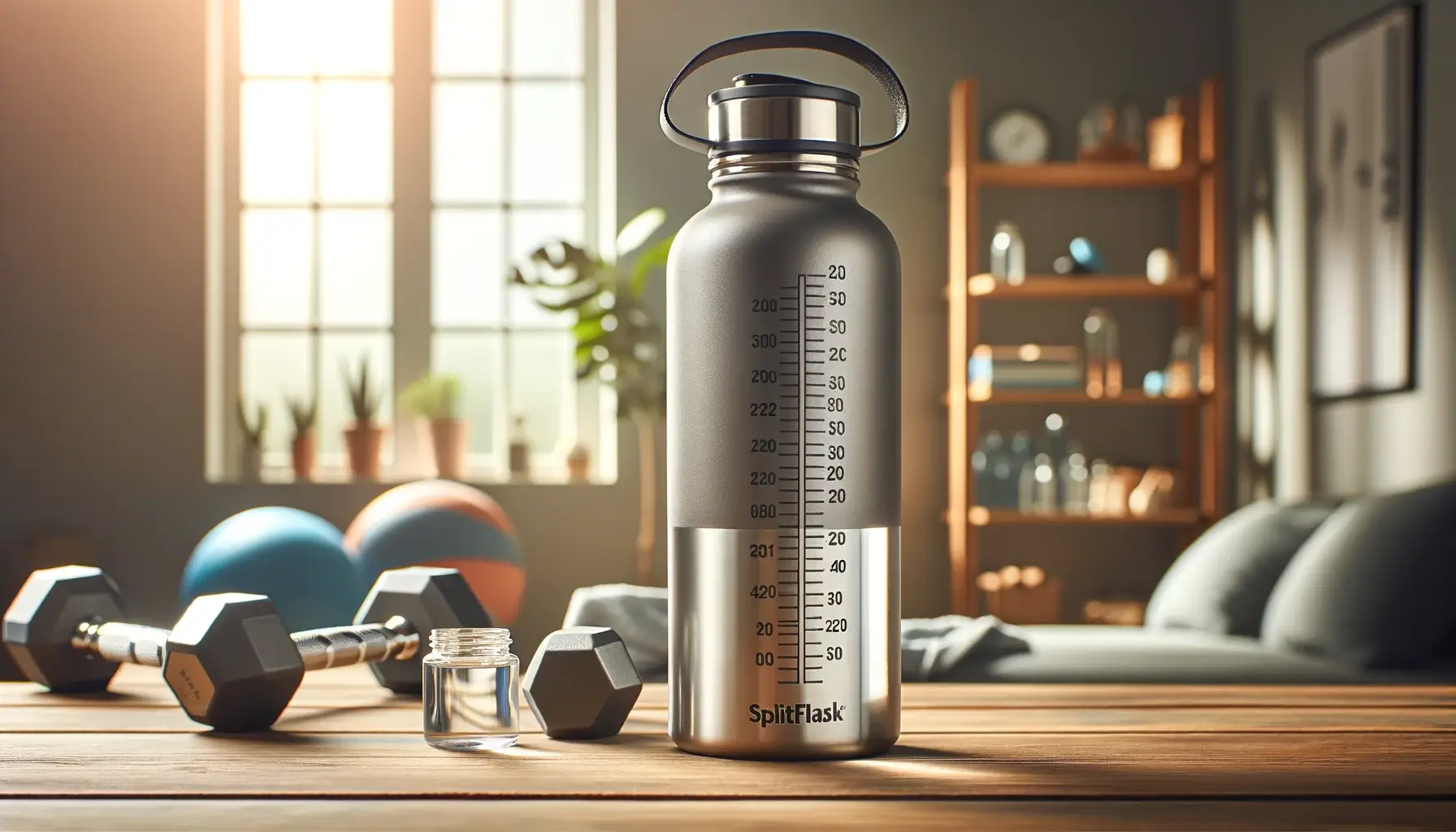The Enduring Utility: How Many Ounces are in a Water Bottle?
The humble water bottle, a ubiquitous companion on adventures, commutes, and everyday errands, plays a vital role in hydration. But with a vast array of sizes and designs available, a simple question arises: how many ounces are in a standard water bottle? This seemingly straightforward inquiry opens a door to exploring the history of water bottle design, the impact of material and functionality, and the importance of staying hydrated throughout the day.
A Sip Through History: The Evolution of the Water Bottle
The concept of portable hydration containers stretches back centuries. Here’s a glimpse into the evolution of the water bottle:
- Early Vessels: From ancient clay canteens used by soldiers to ornately decorated gourds employed by travelers, early water containers prioritized portability and insulation.
- The Rise of Metal: The Industrial Revolution ushered in metal canteens, favored for their durability. Stainless steel versions remain popular today for their reusability and insulating properties.
- The Plastic Age: The 20th century saw the proliferation of disposable plastic water bottles, lightweight and convenient but raising environmental concerns.
- Reusable Revolution: The growing awareness of plastic pollution has led to a surge in reusable water bottles made from glass, metal, and BPA-free plastic, promoting sustainability.
Material Matters: How Bottle Choice Impacts Ounces
The material chosen for a water bottle can influence its size, weight, and functionality:
- Disposable Plastic: Standard disposable plastic water bottles typically range from 8 to 20 ounces, with 16 ounces being the most common size.
- Reusable Plastic: Reusable plastic bottles come in a wider variety of sizes, from compact 8-ounce bottles for children to large 40-ounce bottles for extended workouts.
- Stainless Steel: Stainless steel bottles prioritize durability and insulation. They come in various sizes, from 12-ounce bottles for a quick gym session to 32-ounce behemoths for serious hydration needs.
- Glass: Glass bottles offer a pure taste and visual appeal but can be heavier and more fragile. Sizes typically range from 12 to 16 ounces.
Beyond Ounces: Factors to Consider When Choosing a Water Bottle
While ounces are a crucial factor, other considerations come into play when selecting a water bottle:
- Lifestyle and Activity Level: For everyday use, a 16-ounce bottle might suffice. However, athletes or those engaged in strenuous activities might require a larger capacity (32 ounces or more) to ensure proper hydration.
- Insulation: Insulated bottles keep beverages cold or hot for extended periods. This can be vital for maintaining the temperature of your drink during workouts or outdoor adventures.
- Durability and Portability: Consider your lifestyle. If you value portability, a lightweight plastic bottle might be ideal. For those seeking a more rugged option, stainless steel offers superior durability.
- Environmental Impact: Reusable bottles are a more sustainable choice compared to disposable options. Consider bottles made from recycled materials to minimize environmental footprint.
The Science of Hydration: How Many Ounces Do You Really Need?
The recommended daily water intake varies depending on several factors, including:
- Body Weight: Larger individuals generally require more water than smaller individuals.
- Activity Level: Physical activity increases sweat production, necessitating greater fluid intake.
- Climate: Hot and humid climates lead to increased sweating, requiring more water to compensate for fluid loss.
- Overall Health: Certain health conditions can influence hydration needs. Consult a healthcare professional for personalized guidance.
A common rule of thumb suggests consuming eight 8-ounce glasses of water daily (around 2 liters). However, this might not be universally applicable.
Beyond the Bottle: Tips for Staying Hydrated Throughout the Day
Developing healthy hydration habits goes beyond simply choosing the right water bottle:
- Monitor Your Urine Color: Pale yellow urine typically indicates adequate hydration. Darker urine suggests dehydration.
- Carry Your Water Bottle: Having your water bottle readily available serves as a constant reminder to drink.
- Set Hydration Goals: Set achievable daily or hourly goals to ensure you’re consuming enough water throughout the day.
- Flavor it Up: Adding sliced fruits, herbs, or natural flavorings can make water more appealing.
- Listen to Your Body: Pay attention to thirst cues and don’t wait until you feel dehydrated to reach for your water bottle.
Conclusion: A Sip Towards a Healthier You
Understanding how many ounces are in a water bottle is just the first step. Choosing the right bottle for your needs and adopting healthy hydration habits are crucial for maintaining optimal health and well-being.






More Stories
Is there a lifetime limit on epidural steroid injection?
What is Section 20 of the Motor Accident Insurance Act (Queensland)?
Where to Watch USMNT vs Jamaica National Football Team